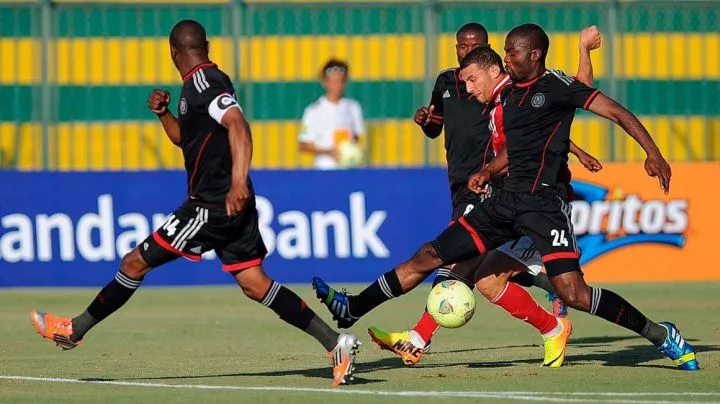
In the thrilling energy of South African top-flight football and the enthusiastic cheers of the fans, there lies a complex financial landscape. The league displays some of Africa's most outstanding talent, but managing a premier division team presents significant challenges.
Club owners' relentless pressure for success, coupled with the rising expenses of player salaries, infrastructure, and operations, has turned South African football clubs into sophisticated and multifaceted business ventures.
Yet not all clubs enjoy the same. In the last season - 2023/24 - Moroka Swallows and TS Galaxy, two clubs in the Premier Soccer League (PSL), struggled to pay players, revealing the harsh reality of running a professional football team in South Africa.
Contrary to the perception of opulence associated with top-flight football, the business of running a club in South Africa is far from glamorous - or profitable. The evidence of financial distress just as clear.
In recent years, the SA league has witnessed a disturbing trend of club sales due to financial issues. Bidvest Wits, a century-old institution, was dissolved in 2020, while Bloemfontein Celtic, a beloved community club, was sold shortly after. Other casualties include Highlands Park, Platinum Stars, Free State Stars, Mpumalanga Black Aces, and Thanda Royal Zulu.
Prior to the start of the new 2024/25 season, Swallows FC sold their top-flight status to Marumo Gallants, highlighting the severe financial constraints faced by many clubs. Swallows had failed to fulfil two successive fixtures on either side of Boxing Day due to a player strike. The strike was triggered by the club's failure to shell out salaries before Christmas.
According to Swallows' owner David Mogashoa, the PSL's monthly grant of R2.5 million ($136,000) is insufficient to cover the club's weekly expenses. The situation is even more dire for clubs in the second division, which receive a mere R500,000 ($27,000) per month.
Nqobile Ndlovu, a sports business expert and founder of Cash N Sport, has declared that the business model for running a professional football club in South Africa is fundamentally flawed. He attributed this to a dearth of sponsorships and poor stadium attendance.
Ndlovu echoed Mr Mogashoa's statement that the league's financial grants are insufficient to keep clubs afloat.
"In the current environment and climate, it is not wise to own a football club in South Africa as it is not financially viable unless you have sponsors," he told The EastAfrican.
"You need to do a big job in terms of getting sponsors in to start with and making sure that you are financially supported. The model should be around the community and more of a youth-focused, to make it more appealing to that younger audience. But it is very challenging as the grant money is also not enough at the moment."
However, the big three - Orlando Pirates, Kaizer Chiefs and Mamelodi Sundowns - enjoy the most sponsorships. Pirates and Chiefs have mobile operator Vodacom as their front shirt sponsor. Although the value of the sponsorship has never been officially revealed, it is thought to be in the region of $5.4 million per season.
Adidas and Kappa are technical suppliers for Pirates and Chiefs, respectively. The two Soweto giants also share the betting company SuperSportBet as a sponsor. On the other hand, Sundowns have the backing of billionaire businessman Patrice Motsepe's companies.
According to a highly placed insider, the defending South African champions spend in excess of $800,000 per month on its operations. The budget covers travel, salaries, and the club's day-to-day operations. The club's highest earners reportedly pocket a net salary of $35,000 while the least earners, typically academy graduates, are on about $2,000.
Football agent Keke Mokoena argues, however, that clubs need to find other means of income for sustenance.
"If South African clubs want to compete with teams like Sundowns, they need to find alternative means of income. Sundowns have paid as much as $3 million for a single player from overseas," she told The EastAfrican.
"That's how far their investment goes. Perhaps other clubs could look at the model of a Cape Town City who develop top talents and sell," Ms Mokoena said.
Mr Ndlovu warns that "if you were to remove the funding from the owners none of the South African teams" would survive.
"It is even worse in the second division because the grant is R500 000 ($27 000) and in the premier division is R2.5 million ($136 000), that is not enough to cover salaries even for teams in the league.
"So, teams need sponsorships to survive. If you look at what happened with Swallows, for example, the owners were financially stretched and ended up not being able to keep up with the costs and teams either have to be sold."
The sports business expert also highlighted the difficulties faced by South African football clubs in securing sponsorships. According to him, the instability caused by the frequent sale of club statuses has made sponsors hesitant to invest in teams. With the risk of a club disappearing overnight, sponsors are more inclined to back established giants.
A club owner who started off in the lower leagues and only gained promotion three seasons ago claims to have spent $5.4 million in his three seasons at the club. Interestingly, just this transfer window, the club has made two big player sales, pocketing $651,000.
"It doesn't make financial sense. We do it because we love the game and want to give back to it. It essentially means we have to keep giving to the game and not getting any immediate returns. Perhaps over time, the player sales we do, with sell-on clause will be rewarding in future," the club owner said.
Cape Town City owner John Comitis, revered as a shrewd businessman, is on record as saying his club has made in excess of $7 million in player transfers. Last week, his club sold South African international Khanyisa Mayo to Algerian outfit CR Belouizdad for a fee of $850 000.
Comitis further revealed that running a competitive topflight club in South Africa will cost up to $4.3 million per year.
"That's how much it costs to be competitive in the PSL," he said.
Mr Ndlovu cites the lack of professionalism exhibited by some clubs. The absence of essential tools like websites and effective social media presence indicates a failure to understand the importance of digital marketing. Additionally, many clubs lack crucial data about their fan base, such as demographics and income levels, which is essential for attracting sponsors.
Sundowns, who have won the league title seven successive seasons, have 1.1 million followers on X while their Egyptian rivals Al Ahly sit on 5.2 million.
On Instagram, Ahly have 11.2 million followers while Chiefs, arguably South Africa's biggest sporting brand, have 998,000. Tanzania's Simba SC have 6.2 million followers.
Mr Ndlovu emphasised the need for clubs to adopt a business-oriented approach, focusing on building strong brands and demonstrating their value as investment opportunities.

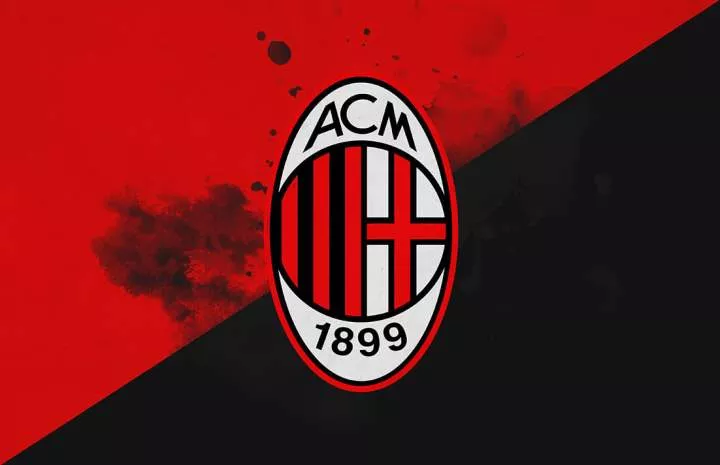

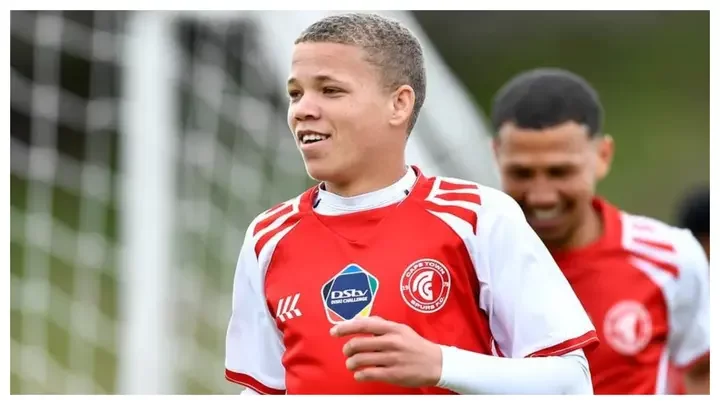
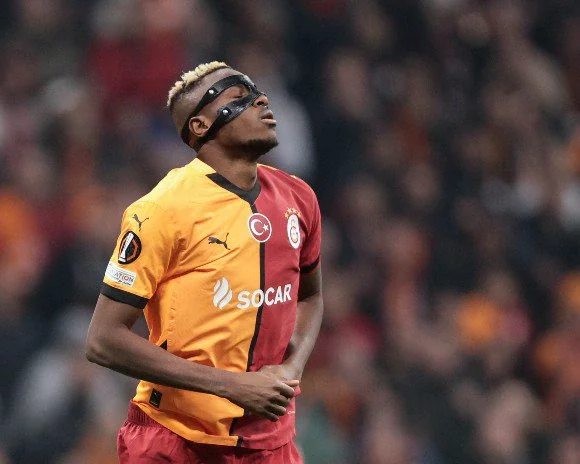
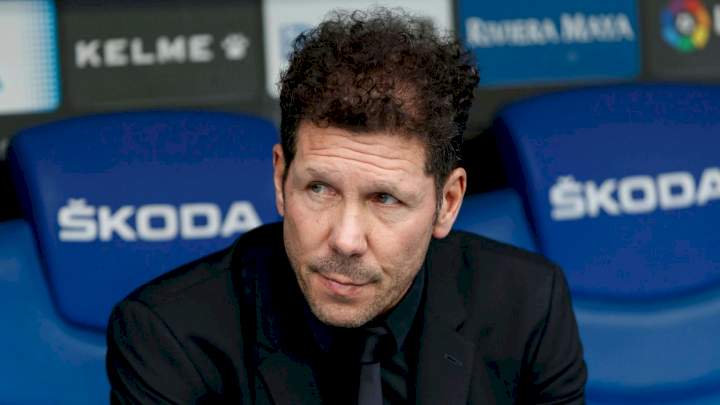
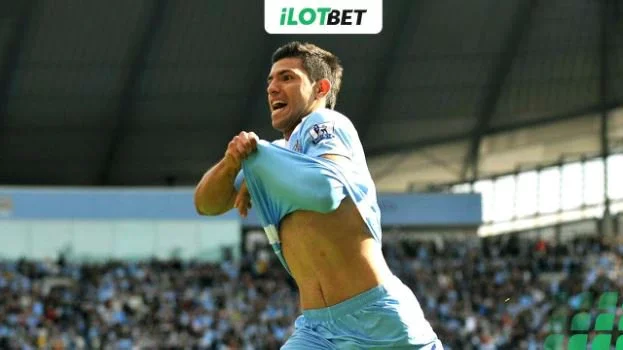
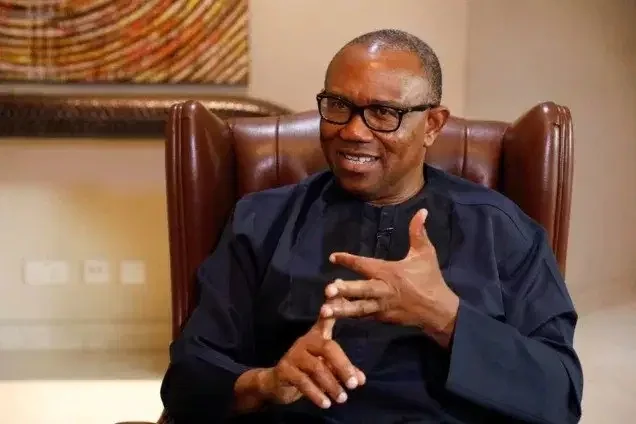



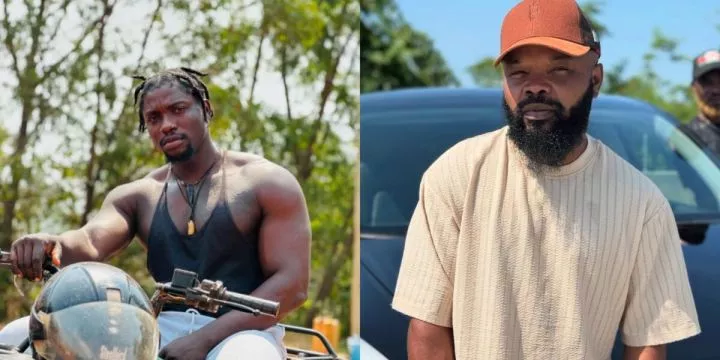
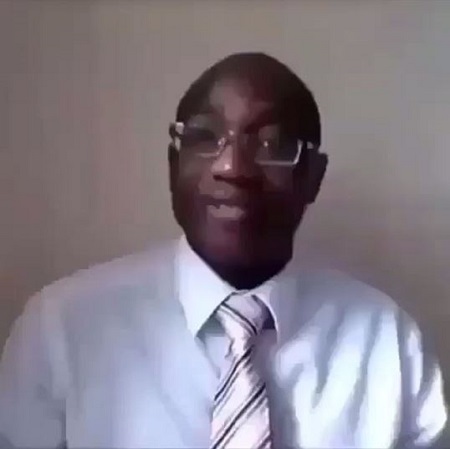


Comments